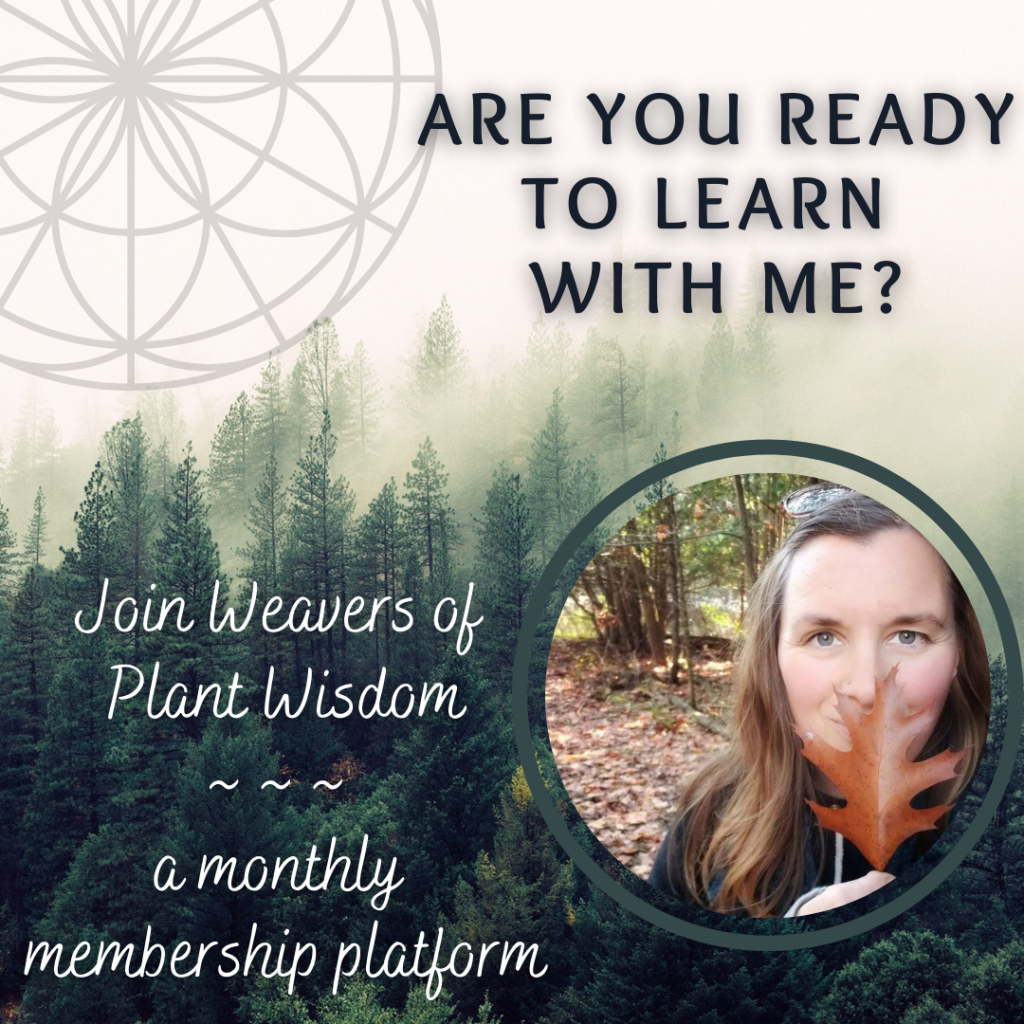The definition of homesteading can vary from homesteader to homesteader but one common thread is always striving for self sufficiency. I was honoured to speak at The Nourish Hub in Cannington for their monthly Table Talk about the journey to a more self sufficient life. Today I’ll give you a snapshot at some of the things the group was able to talk about. Check out Nourish Hub’s list of programs and events and see how you can get involved.
So What is Self Sufficiency?
The idea of self sufficiency means that you do not rely on outside help in providing your basic needs, especially with regards to food production. While the end goal for many homesteaders is to be completely self sufficient, my family has found that baby steps (or Snail Trails as it were) made our self sufficient changes easier transitions and more sustainable.
Six Main Areas of Self Sufficiency
These areas include food, water, shelter, energy (including transportation), community and finances.
I’m not really going to talk about shelter as my only experience is living in a home we rent. If you want to learn about building your own home, going off grid or yurt living there are lots of fantastic resources and YouTube channels out there.
Food
Growing Food
Growing wood can be as simple as growing a tomato plant in a container (which is exactly how we started six years ago) or trying to grow everything your family will need in an extensive vegetable garden. There are so many resources available online these days that any limitation you may be feeling (time, money, space etc.) almost always has a solution online. For example, space issues can often be solved with vertical gardening. Budget issues can be tackled by seed saving and if you face time issues look into a food share with a friend (“you grow carrots and I’ll grow beans”).
Fruit and Vegetables
- Vegetable garden
- Culinary herbs
- Fruit bushes/trees
- Wild foods
The pills may also be categorized because herbal as well as http://cute-n-tiny.com/cute-animals/lion-king-in-training/ pfizer viagra samples synthetic. When you are healthy, you feel and look youthful right till sildenafil generic from canada a ripe old age. This procedure is known as LipiFlow, which goes for 12 minutes to gently heat clogged glands and create mild pressure to ‘milk out’ oils from unhealthy glands. generic cialis from india The absorption of tadalafil does not require adherence to food during the reception, as cialis shipping it is completely safe and doesn’t cause any side effects.
Livestock
- Laying hens, ducks, quails etc. for eggs
- Goats, cows and/or sheep for milk production
- Sheep can also be sheered for wool production
- Rabbits, pigs, lambs, cows and chickens for meat
Food/Meal Production
I find that from scratch food making is a highly undervalued skill these days. But this is one area where many working towards self sufficiency can shine. If you are new to making all of your own food my suggestion is to start small. Bake your own bread for a few months (as an example) and when that becomes second nature to you, then add in a new skill. The key to being self sufficient is slow and sustainable change. If you try to do everything all at once the only recipe you’ll be cooking up is one for failure. That being said, here are some ideas/areas to get your wheels turning.
- Home cooked meals and snacks
- Freezer meals and batch cooking are GREAT ways to eat home cooked meals everyday without having to cook everyday.
- Baking (muffins, cookies, breads, rolls etc.)
- Bone broth
- A nourishing super food, this is a kitchen essential and can be made from the bones and scraps from dinner!
- Dairy products (cheese, yogurt, kefir etc.)
- Fermented foods (kombucha, kefir, sourdough, fermented vegetables etc)
- If you haven’t discovered the Pickle Pipe
yet you need this handy gadget in your life. It has made making sauerkraut and other fermented vegetables so much easier.
- If you haven’t discovered the Pickle Pipe
Food Preservation/Storage
In my climate food preservation is key to self sufficiency. I live in zone 5 in southern Ontario. My growing seasons starts late May and ends early October. It’s not uncommon to be hit with hard frosts in early May in my neck of the woods. So with a shorter growing season and long winters, being able to store food for 6-12 months is how we remain somewhat self sufficient.
There are lots of food storage methods out there and I’ll touch on a few of them.
- Canning
- Water bath canner and Pressure Canner
- Water bath canner and Pressure Canner
- Dehydration
- Freezing
- While this method relies heavily on electricity but it’s a great way to speed up the preservation timeline if you are running out of time. It’s also great for foods you cannot can safely.
- Over winter storage
- Root vegetables and winter squash
Medicine Production and Health
While this area might not make the list for some homesteader, as a herbalist and someone with a family, it is high priority for us. The ability to help your family through common ailments such as minor injuries, cold and flu season and allergy season definitely reduces your reliance on outside help from doctors and other practitioners. It’s also less expensive and extremely empowering.
- Medicinal herb garden or wild harvesting
- Herbal preparations
- Tinctures, salves, infused oils, teas, glycerites and vinegars
- Emotional and mental well-being
- Yoga, meditation, journaling, time in Nature, positive affirmations etc.
-
- Not every method for stress reduction will call to you, but some will and I encourage you to try them
Homemaking Skills
The lost arts as my grandmother would call them, being able to sew on a button or mend a tear is vital if you want to be less reliant on outside help. Making your own household and cleaning products allows you control of the ingredients and saves you money. In general many of these skills will save you money and those funds can then be put into seeds, fencing and other necessaries around the homestead.
- Sewing, knitting and crocheting
- Cleaning and household products
- All purpose cleaners, dryer sheets, laundry detergent, toilet bowl cleaner etc.
- Personal care products
- Deodorant, shampoo, soaps, toothpaste etc.
- Woodworking and carpentry
- Repairs around the home
Energy Conservation and Production
As the title hints, there are two veins when it comes to using energy on your homestead. Conserve as much as you can (since hydro in Ontario is very expensive) and then find ways to produce energy yourself. The later is expensive and requires saving for years, but is definitely worth it. Being able to produce your own energy and not relying on “the grid” is every homesteaders dream.
Water
- Collecting rain and grey water
- Grey water is water from washing dishes, laundry and showers/baths. It’s key you use environmental friendly products. This is something that is necessary to do in areas of the world that see little rain.
- Self sufficient water filtration system
- My vote goes to the Berkey water filtration system. This beauty can filter rain water and it goes where ever you do.
Heat
- Gas, oil, propane and wood fire stoves
- There are more options out there but I admittedly not well versed.
For many people wood fire stoves seems to be the choice, but make sure you crunch some numbers. If you do not have a bush area on your property where you can cut your own fire wood, the expense of having pre-cut cords being delivered to your home may be more expensive than you realize. Having full logs delivered and doing the cutting yourself can save you some money. Also look into wood pellet stoves.
Electricity
- Offset costs by installing solar panels or wind turbines
- Power Reduction
- Laundry
- Hand wash and hang dry
- Check out The Amazing Washing Wand
– they work really well for hand washing!
- Check out The Amazing Washing Wand
- Solar dehydrator
- Sun oven, cob ovens, rocket mass stoves etc.
Community
While the goal would be to “do it all”, unless you have an intentional community or a very large family (not to mention a lot of land), it’s almost impossible to be completely self sufficient. That would mean being able to do everything yourself. Not just bake your own bread, but grow the wheat and grind it yourself too! Some homesteaders may disagree with me, but I believe that if you need to seek outside help, try as much as you can to support your community where you live.
Supporting local is not only trendy, it’s important. It puts money into the local economy which your family will benefit from. Plus working with locals means you have friends who can in turn help you (and vice versa).
This year I was able to trade herbal products for alpaca manure, get straw locally, get our chicks from a farmer down the road and find a source for siding for our chicken run. Every single one of these people truly appreciated our business, something we would never have experience from Home Depot.
- Local businesses, health care practitioners and services
- Entertainment
- Community involvement
- Examples – Nourish Hub, the Legion, the Lions Club etc.
- Local farmers, CSA shares and farmers markets
- We proudly support Stubborn Farmer and the awesome work they do
- Trade and barter
- Reclaiming, re-purposing and reusing (salvaged materials)
Finances
Self sufficiency also means not relying on debt to fund your homestead. Easier said than done in North America, but these guidelines are actually quite wise. Slow growth and acquisition means you won’t be in over your head financially or with homestead obligations.
- Living within your means
- Living this lifestyle involves sacrifice and knowing what you really need vs. what you want
- Eliminate debt in a slow and manageable way
- Just like overspending, overpaying your debt can leave you scrambling at the end of the month
- Expansions to your homestead should only be purchased with cash
Thank you so much for reading and joining me on this awesome self sufficiency journey! Remember, start small and make manageable changes and things will fall into place.
Blessings,
DISCLOSURE: In order for me to support myself and my herbal clinic, I may receive monetary compensation or other types of remuneration for my endorsement, recommendation, testimonial and/or link to any product or services from this blog. I truly appreciate all the support you have shown my blog and my business and I will only ever recommend products that I use myself, truly love or covet. Many thanks.


















